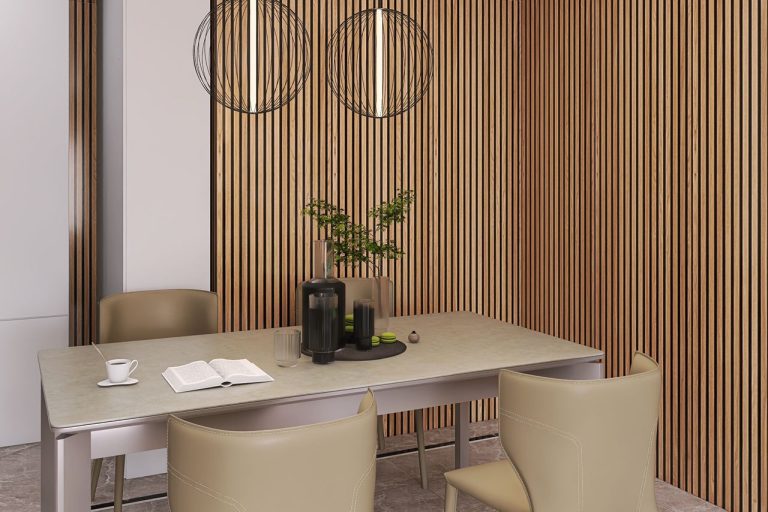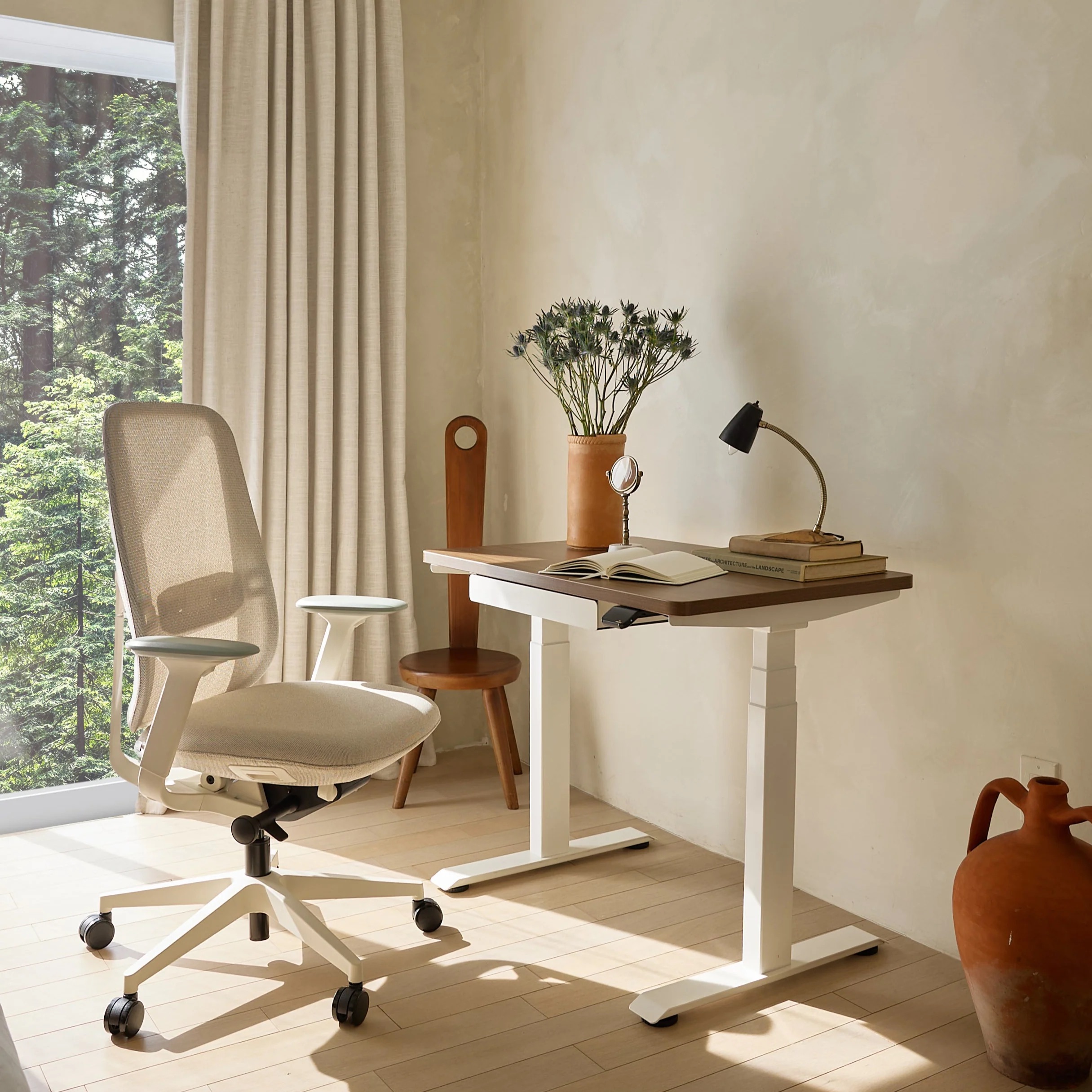
Boost Your Home’s Charm: Ways to Elevate Curb Appeal with Exterior Wall Panels
Your home’s exterior is more than just a facade; it’s the first impression, the welcome mat, and a silent narrator about your style. Whether you’re planning to sell or simply want to enjoy a new look every time you pull into your driveway, improving curb appeal is a wise and rewarding investment. From strategic planting to the elegant beauty of exterior wall panels, these improvements may be transformative. Let’s look at seven inventive methods to give your home flair, purpose, and shine.
Make a Statement with Exterior Wall Panels
One of the most noticeable improvements you can make to your home’s outside is to install exterior wall panels. These panels have a sleek, modern appearance and provide texture and sophistication to an otherwise flat surface.
Benefits of Exterior Wall Panels
- Durability: Resistant to weather, pests, and time.
- Aesthetic Variety: Available in wood, metal, fiber cement, and composite materials.
- Low Maintenance: Easy to clean and maintain year-round.
- Energy Efficiency: Can improve insulation and reduce energy bills.
Modern exterior wall panel options enable for personalization to fit your home’s decor, whether it’s rustic farmhouse or minimalist contemporary.
Refresh the Front Door Area
The front entryway establishes the tone for the entire property. Simple modifications can transform this modest but powerful area without requiring a complete makeover.
Quick Enhancements
- Paint the door a vibrant or contrasting color
- Install new house numbers and a modern mailbox
- Add potted plants for a pop of greenery
- Include a stylish bench or hanging lantern
These tiny modifications, combined with exterior wall panels around the entryway, can produce a genuinely eye-catching appearance.
Light It Up: Strategic Outdoor Lighting
Good lighting not only improves security but also adds ambiance and highlights architectural features.
Consider installing:
- Pathway lights leading up to the front door
- Wall-mounted sconces alongside the garage or entrance
- Spotlights to showcase trees or textured exterior wall panels
Illuminating your home’s texture and layout after dark can extend your curb appeal into the nighttime hours.
Reimagine Your Home’s Color Palette
Color is powerful. Whether you’re painting trim, garage doors, or walls, a cohesive palette can tie everything together.
Popular color combinations:
- Charcoal, crisp white, and cedar-toned wood panels
- Navy blue with soft gray trim and metallic accents
- Earth tones with dark bronze or matte black exterior wall panels
Choosing colors that complement your exterior wall panel finish can enhance the home’s entire look and feel.
Design with Nature in Mind
Nature can soften hard lines and bring vibrancy to your home’s exterior.
Landscaping elements to try:
- Native plants that thrive with minimal upkeep
- Mulched flower beds with stone borders
- Vertical gardens on feature walls or fences
When put near exterior wall panels, vegetation can accentuate texture and color contrasts, resulting in a balanced and stunning visual experience.
Upgrade Architectural Features
Small structural additions can have a significant impact. Consider increasing architectural characteristics to match your exterior wall panel design. If you’re planning a remodel, consider the various options for home exterior in this guide.
Options to Explore
- Add a pergola or awning over windows
- Install decorative trim or panel molding
- Use shutters or trellises to frame windows
- Integrate seating nooks with built-in planters
These elements draw the eye and make your home look polished and inviting.
Maintain a Clean and Crisp Exterior
Curb appeal is intimately related to cleanliness and care. A well-maintained home exterior demonstrates attention to detail and pride of ownership. For tips on how to maintain your wall design, take a look at this helpful resource.
Must-do maintenance checklist:
- Power wash your siding and exterior wall panels
- Keep windows clear and streak-free
- Clean gutters and downspouts
- Mow lawns and edge pathways
Regular upkeep ensures that your investments—especially high-end exterior wall panel installations—continue to shine.
Frequently Asked Questions (FAQ)
What are the most popular materials for exterior wall panels?
Fiber cement, wood composite, metal, and engineered wood are popular due to their durability and design flexibility.
Are outdoor wall panels weather-resistant? Yes. Most current exterior wall panels are designed to endure rain, sun, and wind damage, making them suitable for any environment.
Can I install the external wall panels myself?
Some varieties are easy to install yourself, but professional installation is frequently suggested for precise alignment, long-lasting performance, and warranty protection.
Do exterior wall panels add value to a home?
Absolutely. Not only do they enhance curb appeal, but they also improve energy efficiency and can raise your home’s resale value. If you’re considering panel options for your home, you can find more inspiration here.
How do I maintain outside wall panels?
Most panels only a simple annual cleaning with a hose or mild soap and water. Always adhere to the manufacturer’s maintenance requirements.
Final Thoughts
Improving your home’s curb appeal does not necessitate a major remodel. By consciously mixing modern elements such as exterior wall panels, fresh landscaping, strategic lighting, and color coordination, you may significantly increase the value and style of your home. These changes not only improve the appearance of your home, but also make it feel more like home. Explore how a strong digital presence can help promote your wall design business









